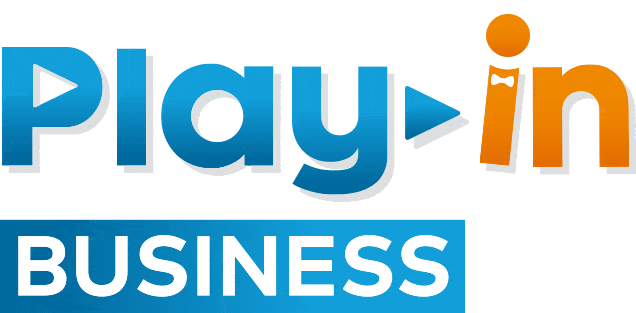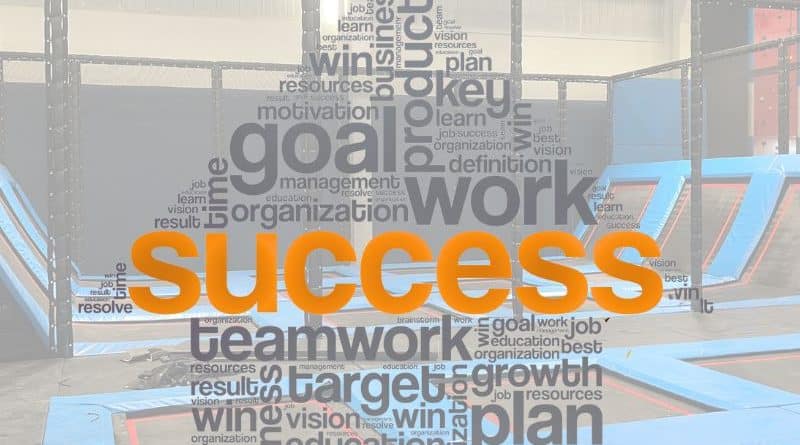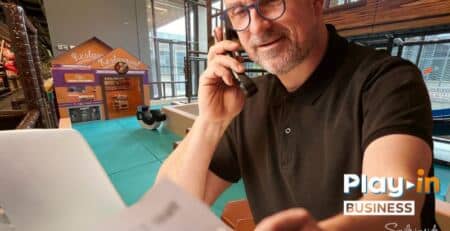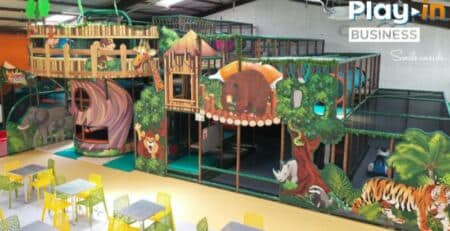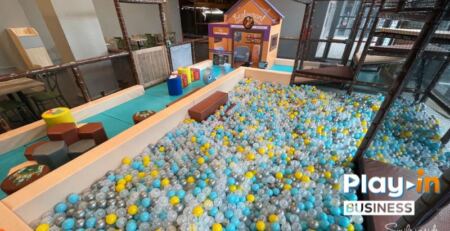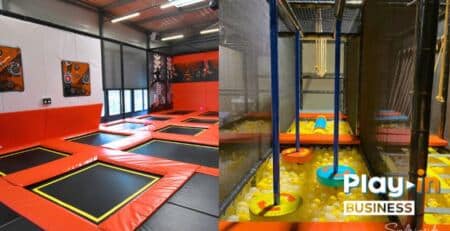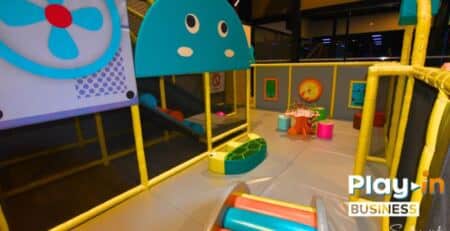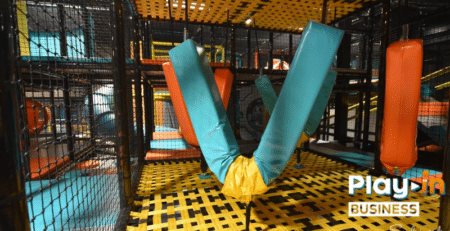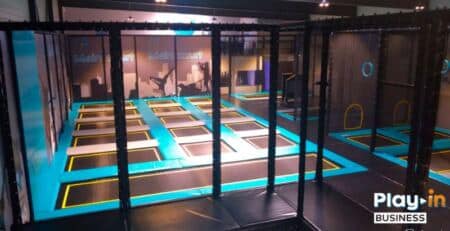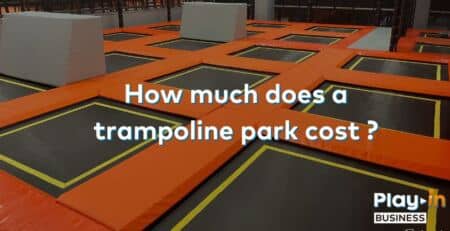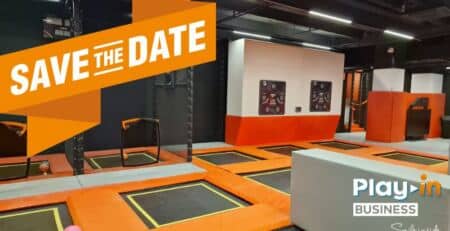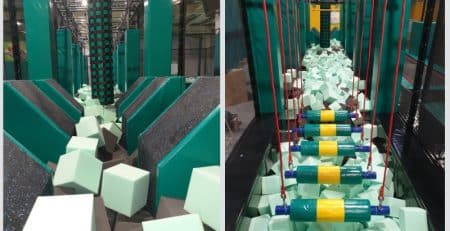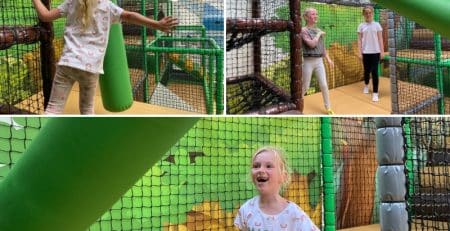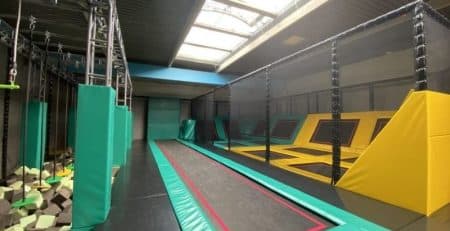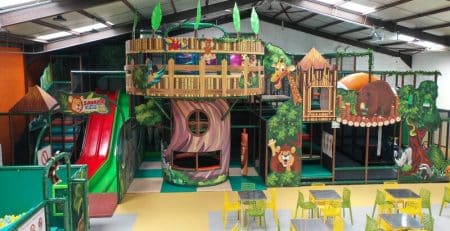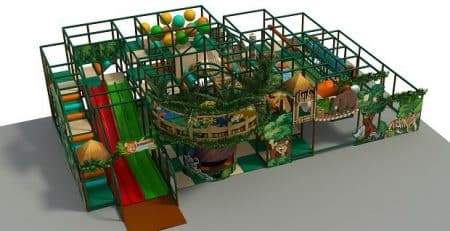Opening an indoor play park: how profitable is it?
The profitability of an indoor play area is well established ! However, it can vary depending on a number of factors, such as location, the size of the park, running costs, local competition, market demand and effective park management.
In this article, Play In Business, which has been designing indoor play parks for over 25 years, outlines the key factors for ensuring the profitability of your indoor play park, as well as the essential steps for setting it up successfully.
The key factors for a profitable indoor play park
To open a profitable indoor play park, here are 7 cost and revenue factors that you need to estimate as accurately as possible:
- Initial costs: indoor play parks require a considerable initial investment to acquire or rent the space, purchase play equipment, interior fittings, decoration, sanitary facilities, safety, etc.
- Operational costs: include rent or mortgage charges, utilities, equipment maintenance, cleaning, staff salaries, insurance, taxes, marketing, etc.
- Capacity and occupancy rate: the more visitors the indoor play park can accommodate at any one time, the higher the potential revenue is;
- Pricing: setting an appropriate entrance fee is crucial: too high and it will be a disincentive, too low and it will impact the profit margin;
- Additional offers: birthday parties, special events, catering services, souvenir shops, etc. are complementary activities that contribute to the profitability of indoor play parks;
- Marketing and customer loyalty: a solid marketing strategy and efforts to build customer loyalty are essential to attract new customers and encourage existing customers to return;
- Effective management: reducing costs, optimizing operations, ensuring visitor safety and maintaining customer satisfaction is obviously essential and can come at a cost.
The profitability of indoor play parks can vary from one location to another and will also depend on the decisions taken by the park’s owners and managers.
It is therefore important to do a market research and a preliminary financial analysis before opening an indoor play park.
The steps to open an indoor playground
As a passionate and lucrative business, opening an indoor playground requires a number of essential steps:
- Market research: thorough market research to assess potential demand in your area is crucial
- The business plan: draw up a solid business plan to formalise your market research and secure financing.
- Choosing a location: find a suitable site for your indoor play area by looking for densely populated areas that are easily accessible and have spacious parking;
- Space design and layout: think about including a variety of activities adapted to different age groups, such as tubular play structures, slides, trampolines, ninja courses, etc. As well as an area for parents or carers. Choose from our high-quality, safety-compliant equipment and infrastructure to create your own modern, safe indoor play park;
- Licences, permits and insurance: find out about the licences and permits required to operate an indoor playground in your area: building permits, commercial operating licences, safety certifications, etc. Take out adequate civil liability insurance to protect you financially in the event of a dispute or claim;
- Marketing and promotion: develop a solid marketing strategy to make known your indoor play park. Use social media, local advertising, partnerships with schools and organisations and special offers;
- Staff: Hire qualified and friendly staff to supervise indoor playground activities and ensure children’s safety.
Don’t hesitate to contact Play In Business if you’ve decided to open an indoor play park, you can also get valuable information by reading our dedicated guide.
